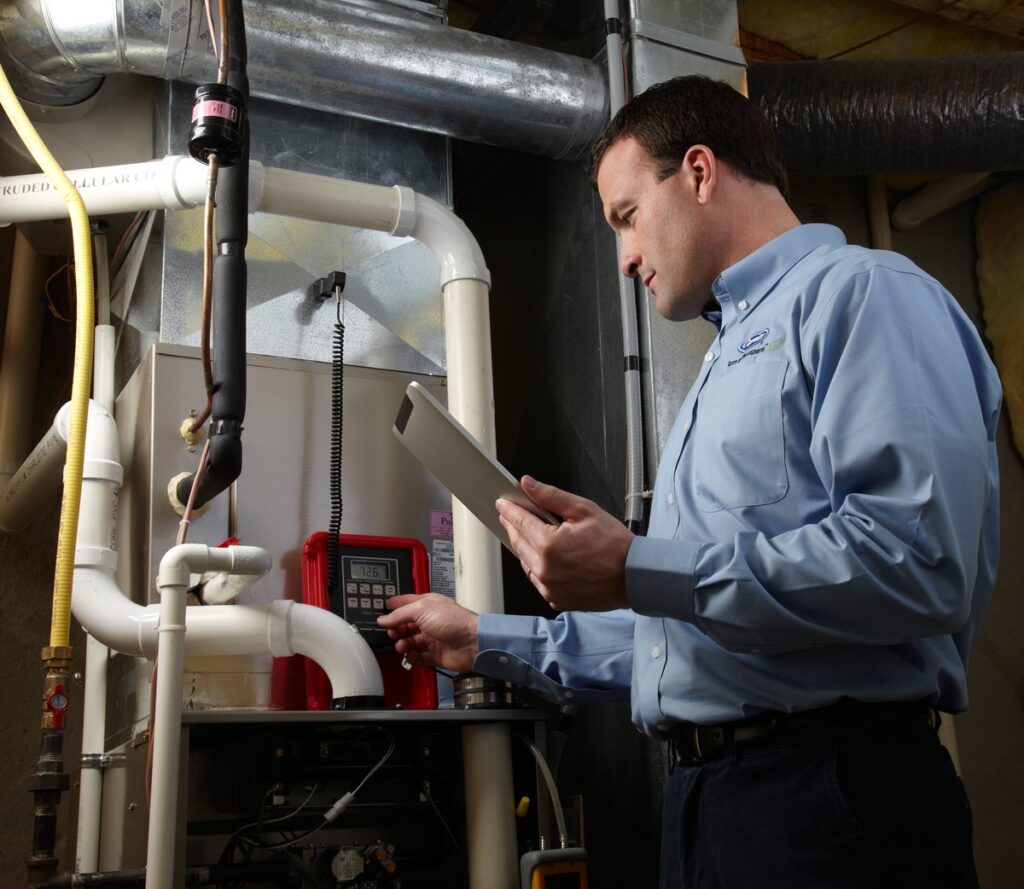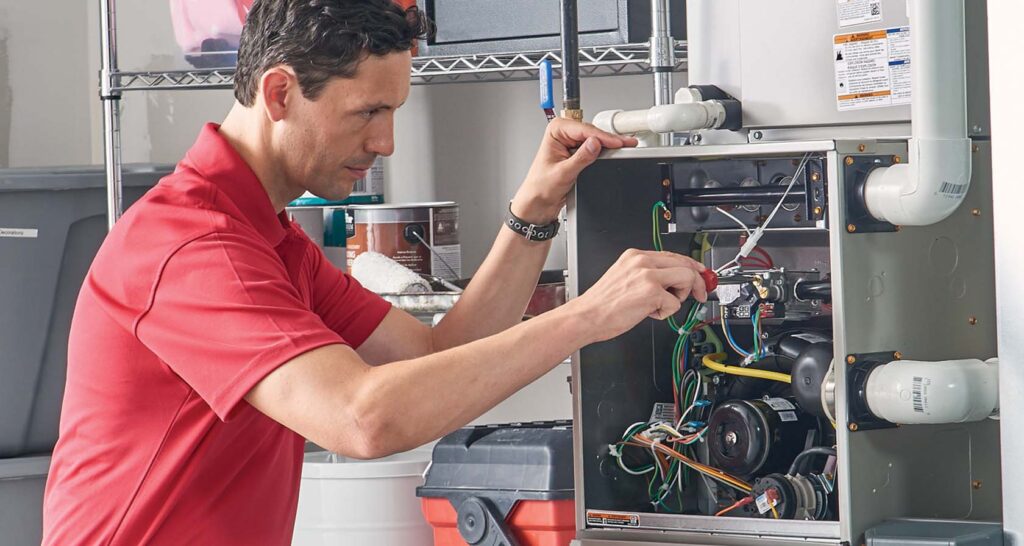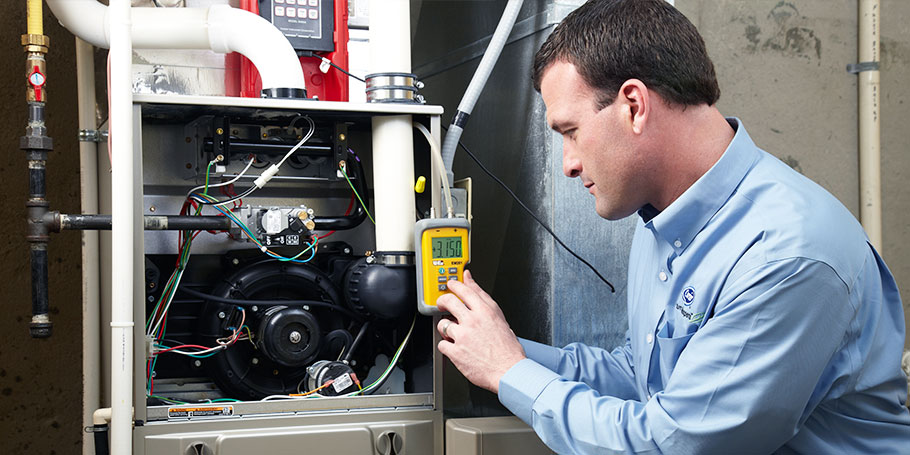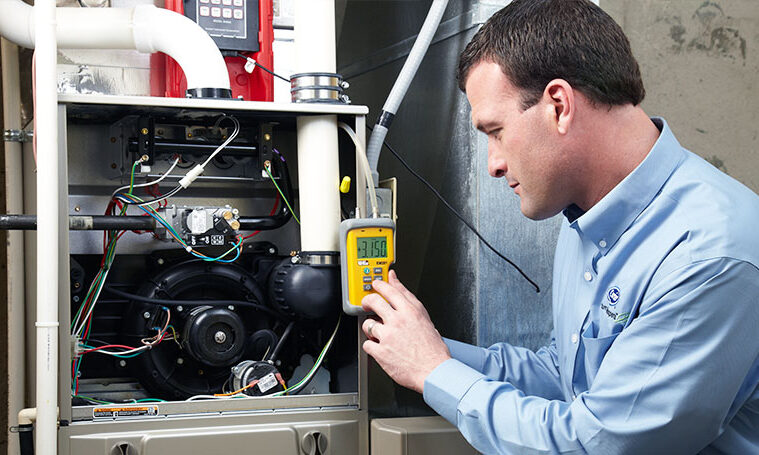Unless your furnace has talents typically only found in Disney movies, it’s not going to come out and announce it needs a repair. This would be great once you get over the shock of owning a talking furnace.
However, your furnace has other ways of signaling it’s time to call a furnace repair Denver service. So, how do you know when your furnace is begging for attention? Here are some warning signs to watch for.
Your Furnace Smells Funny

source: ac-repair-in-los-angeles.com
After sitting idle for several months in the summer, don’t be surprised if your furnace smells funny the first time it kicks on in the winter. You may smell an odor similar to the fuel it uses, but musty odors are also common—this generally goes away after a few minutes.
Your furnace is just getting rid of some excess buildup. However, if the smell is persistent, your furnace may be signaling there’s an issue you need to address. This can be anything from dust inside the unit to a fuel leak.
The Unit Doesn’t Want to Kick On
Okay, frigid temperatures can slow pretty much anything down, including your furnace. Don’t start panicking and collecting heavy blankets if your furnace doesn’t instantly start blowing out hot air. Some furnaces take a minute or two to get going. If your furnace is refusing to cooperate, this is a problem. Along with wrapping up in blankets, it’s also time to call for a service repair.
The issue may be limited to wiring that’s worked loose, or your thermostat may need replacing. Either are usually relatively easy fixes that aren’t going to break the bank. What you don’t want to do when your furnace is having trouble starting or finishing a cycle is constantly turning it off and on. Just try to stay warm and wait for the technician to arrive; you don’t want to make the problem worse.
Your Furnace is Noisy

source: mydecorative.com
Your furnace is an appliance you don’t want to hear when it’s running. Think of it as the old adage to be seen and not heard, but in this case, it’s more like be felt and not heard: you want to feel warm air blowing out of the vents without hearing a bunch of noise.
If you hear a rattling noise when the furnace first kicks on, you probably don’t need to grab the phone and call for a repair. This is normal and is probably just your blower or fan starting up. After a minute or so the noise generally goes away. However, if the rattling sound persists or you’re hearing banging, whistling, or squealing noises, then this may be a sign your furnace needs a component replaced.
Weird Colored Pilot Light
If your furnace is electric, go ahead and skip this part. You don’t have a pilot light. If your furnace is gas-powered, then check your pilot light every so often. You definitely want to check the pilot light the first time you use your furnace in the winter.
Your pilot light should have a bluish-colored flame; if the light is yellowish, this is a problem. You may be dealing with a ventilation problem, and this can be dangerous. Inadequate ventilation can allow carbon monoxide to build up. This is the last thing you want inside your home since the consequences can be deadly.
The buildup of gasses can even lead to issues with combustion, and your furnace blowing up is not something you want to deal with.
You’re Still Cold

source: difarany.com
Your furnace may be running continuously, but the temperature is still below what’s set on your thermostat. Now, not only are you chilly inside your home, but your utility bill is steadily climbing.
This is an obvious sign you have a furnace problem and need a technician. Your thermostat may not be properly calibrated or simply not working, or the problem can also be with your ductwork. Leaky ductwork lets the hot air escape before it ever gets the chance to blow out of the vents, and this can also be an indication your furnace is on the way out.
Furnaces do have a lifespan, which is typically between 10 and 15 years, depending on the make and model.
Regular Service Can Keep Your Furnace Working Throughout the Winter
Scheduling routine maintenance inspections is indeed one of the most effective strategies to maintain your furnace’s optimal performance and quiet operation. Most industry experts advise conducting these inspections twice annually, specifically in the spring and fall, to preemptively identify and address potential issues.
While this strategy may not eliminate all possible problems, it plays a crucial role in mitigating many before they escalate into significant concerns.



